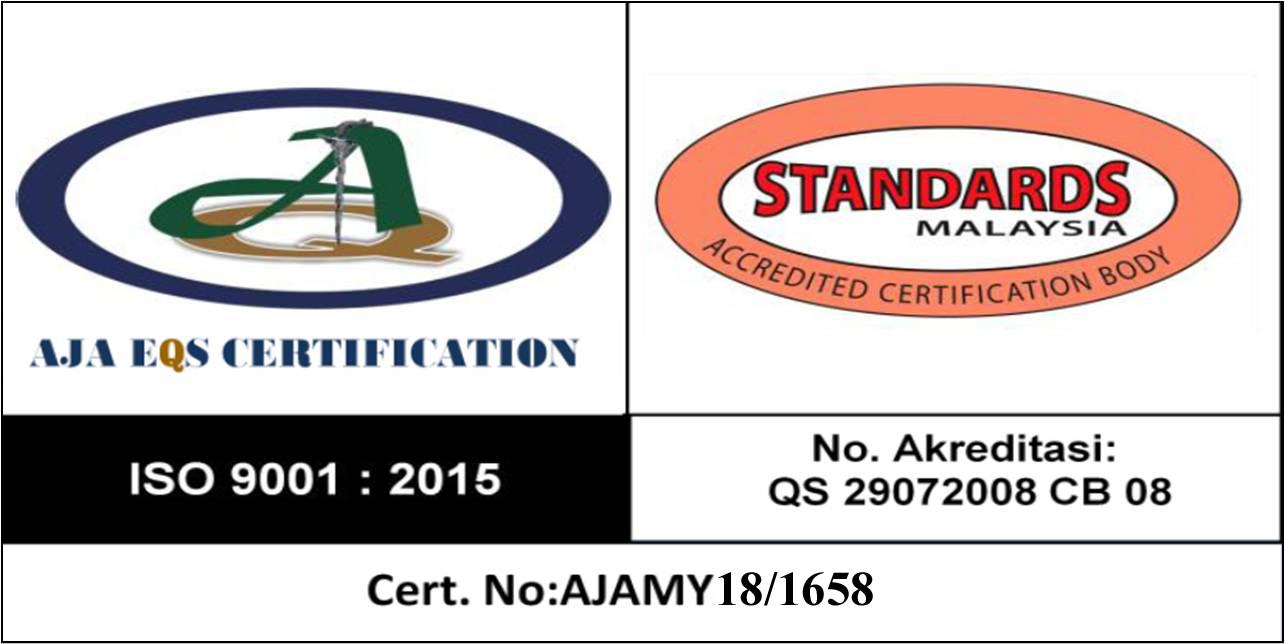Kemaman District is the endmost district to the south of the State of Terengganu Darul Iman. With the total area of about 8000 square miles, (254,000 hectares) it is the third district after Kuala Terengganu and Dungun bordering the South China Sea.
Population census until 1940's showed that this district is also the third highest populated area after Kuala Terengganu and Besut. Anyway the census figure has changed after the discovery of oil in 1970's which has placed this district in the second position after Kuala Terengganu.
Kemaman District is divided into 11 mukims with Cukai town as the center of administration and economic activities. The geographical features of this district can be divided into three main areas which include:
- Coastal area
- Inland area
- Foothill area (located only a few kilometers from the beach)
The coastal area is a flat lowland with the majority of the people focus on fishing activities. This area stretches about 38 kilometers from Kuala Kemaman to Kerteh. More than half of Kemaman's population is concentrated in this area.
The inland area of the district is a region of highlands with hilly features. This area is rich with tin ore, oil palm plantation and timber. So, the concentration of population here is related to local economic activities.
The foothill area is the second highest populated area. The area is located between the coastal and the inland areas. The main occupation of the residents in this area is farming.
According to early history, Kemaman was started to be known since the second century B.C. by the name of KOLE. This is based on the map of Malay Land Peninsular which has been drawn by Ptolemy (a Greek astronomer and geographer, born in Egypt in the second century B.C.) noting that there were two ports in the East Coast, Perimula and Kole. Historians agreed that Perimula was the Terengganu River Estuary and Kole was Kemaman.
In spite of that, the history of the opening of this district is still vague as there is no written account and valid evidence about it. Anyway, local historian agreed that the district has begun to be explored about 300 years ago by Che Wan Teh and his followers. Che Wan Teh was from a noble Pahang family who migrated to this district from Kuala Pahang following a disorder and chaos situation in Kuala Pahang. He then set up a settlement in the coastal area and the first village found was Bukit Mengkuang Before the Malays came, the district (this particular area) was occupied by the Sakais who then moved to the inland area.
After sometimes in Bukit Mengkuang, Che Wan Teh moved to a new settlement area adjacent to Kemaman River estuary known as Tanjung Geliga. This new settlement was also unsecured as it was often disturbed by pirates and robbers threat. As a result Che Wan Teh and his followers moved to another new area on the bank of Kemaman River (about 3 kilometers from Tanjung Geliga). This place was later known as Chukai. This event is strongly proved by existence of an old cemetery in the area. It was said that Che Wan Teh passed away shortly after opening Kampung Chukai. His followers and generations after him continuously explored new areas following the rise in population and the need for new agricultural areas.
Other than verbal explanation, there was another version which referred to some written accounts relating the opening of Kemaman District with a Patani aristocrat known as Lebai Saris. Anyway, this version recorded the 19th century early event when Terengganu was under the rule of Sultan Ahmad Shah 1 (1808 – 1830) and indirectly coincides with the opening of Kemaman District by Che Wan Teh.









